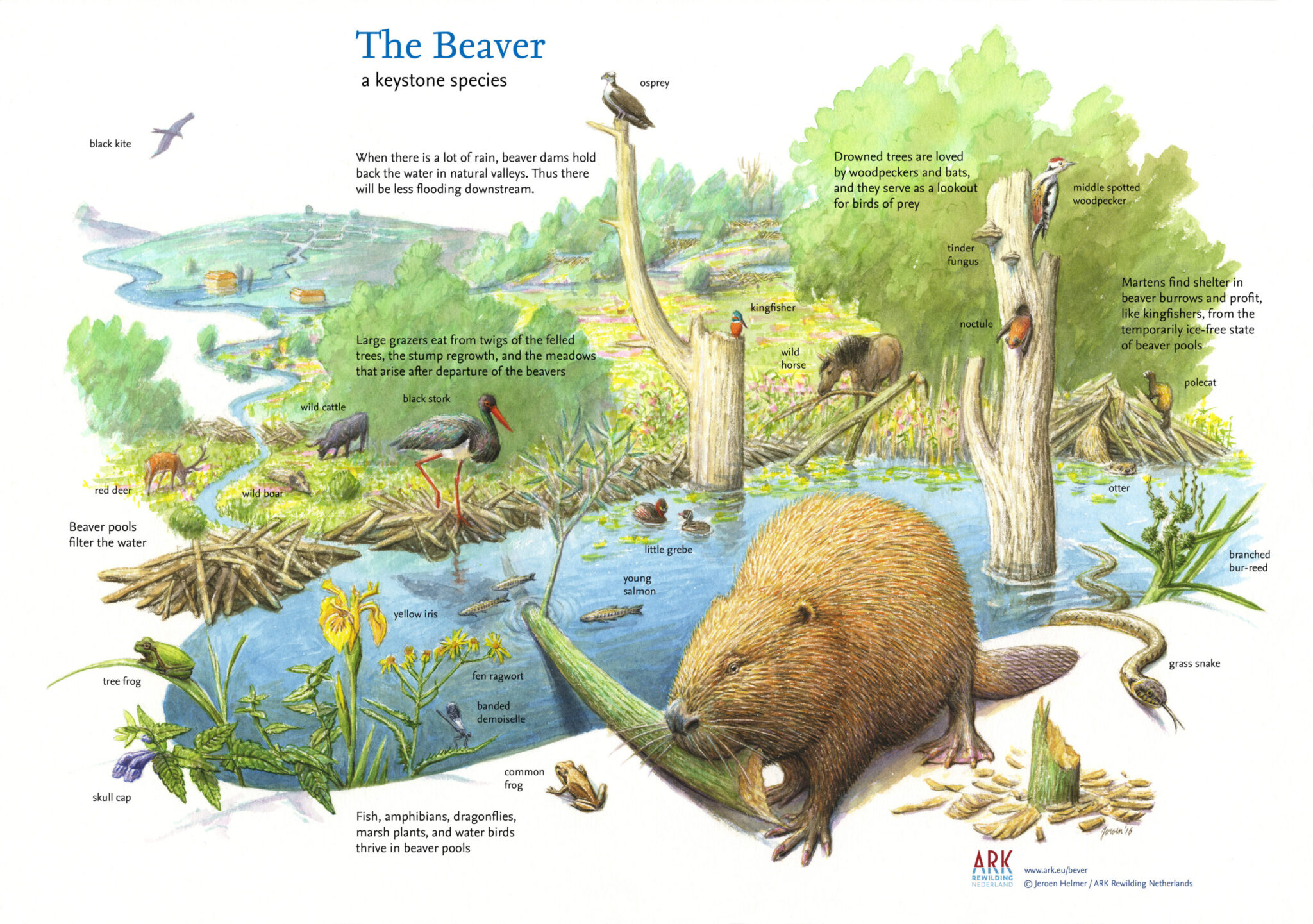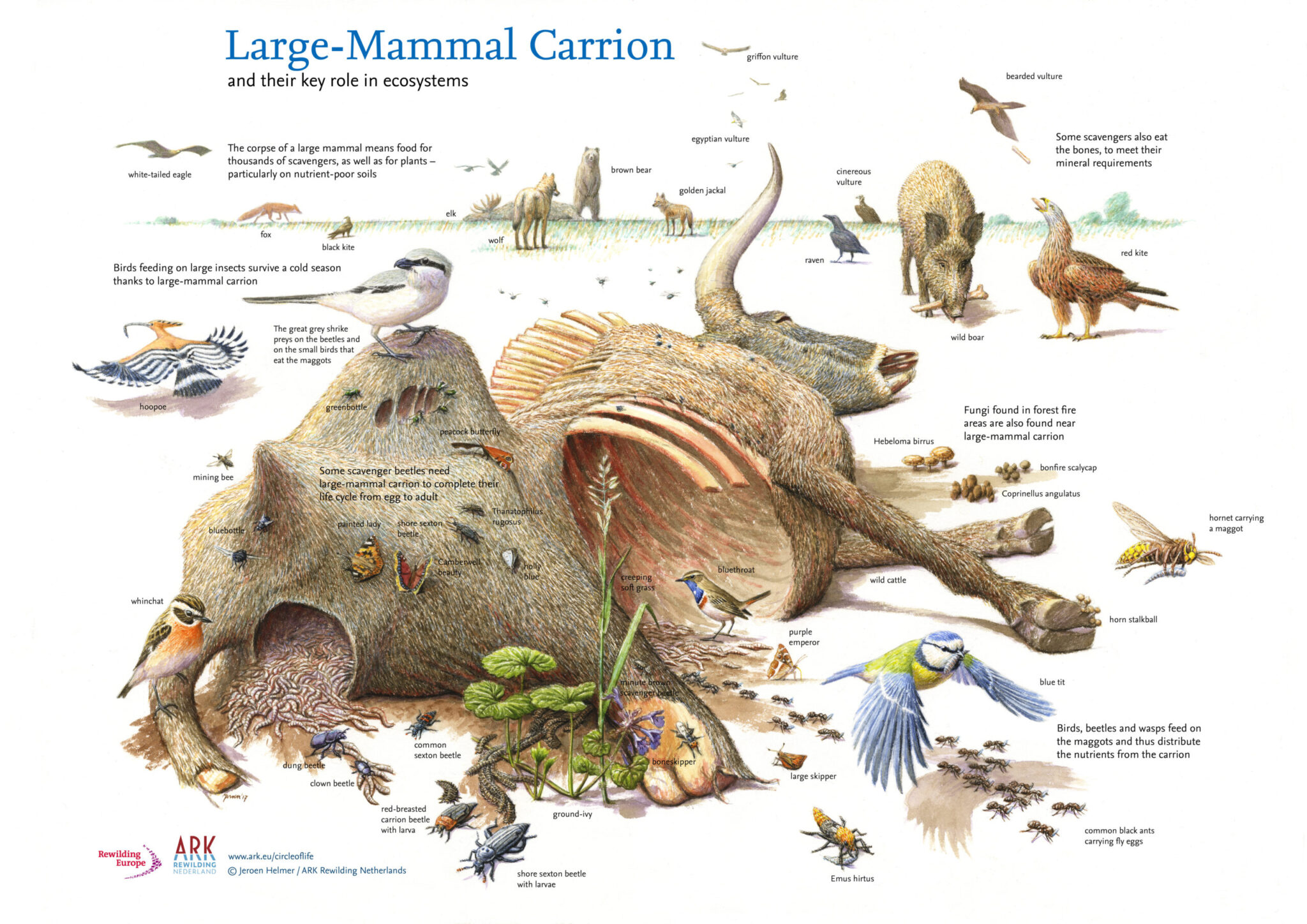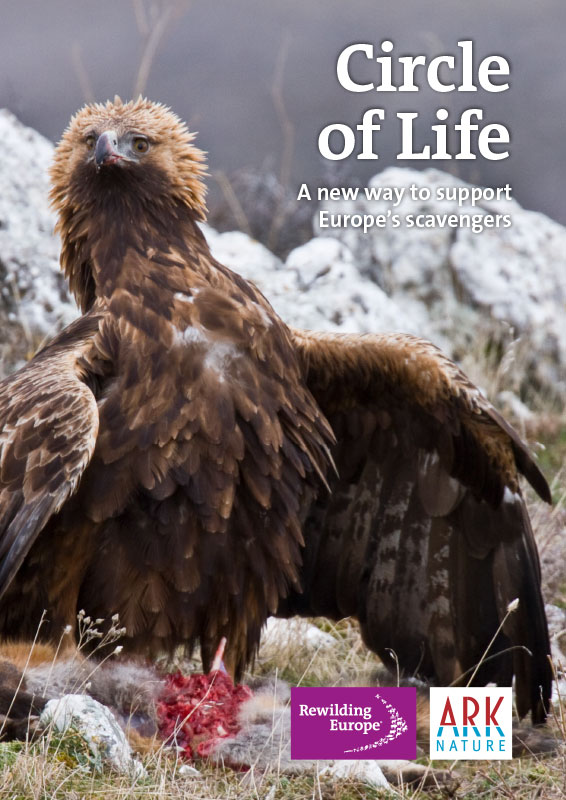By restoring and preserving natural processes, we can preserve Europe’s rich biodiversity and enhance various benefits for all Europeans, from clean air and water to flood protection and enhanced health and well-being.
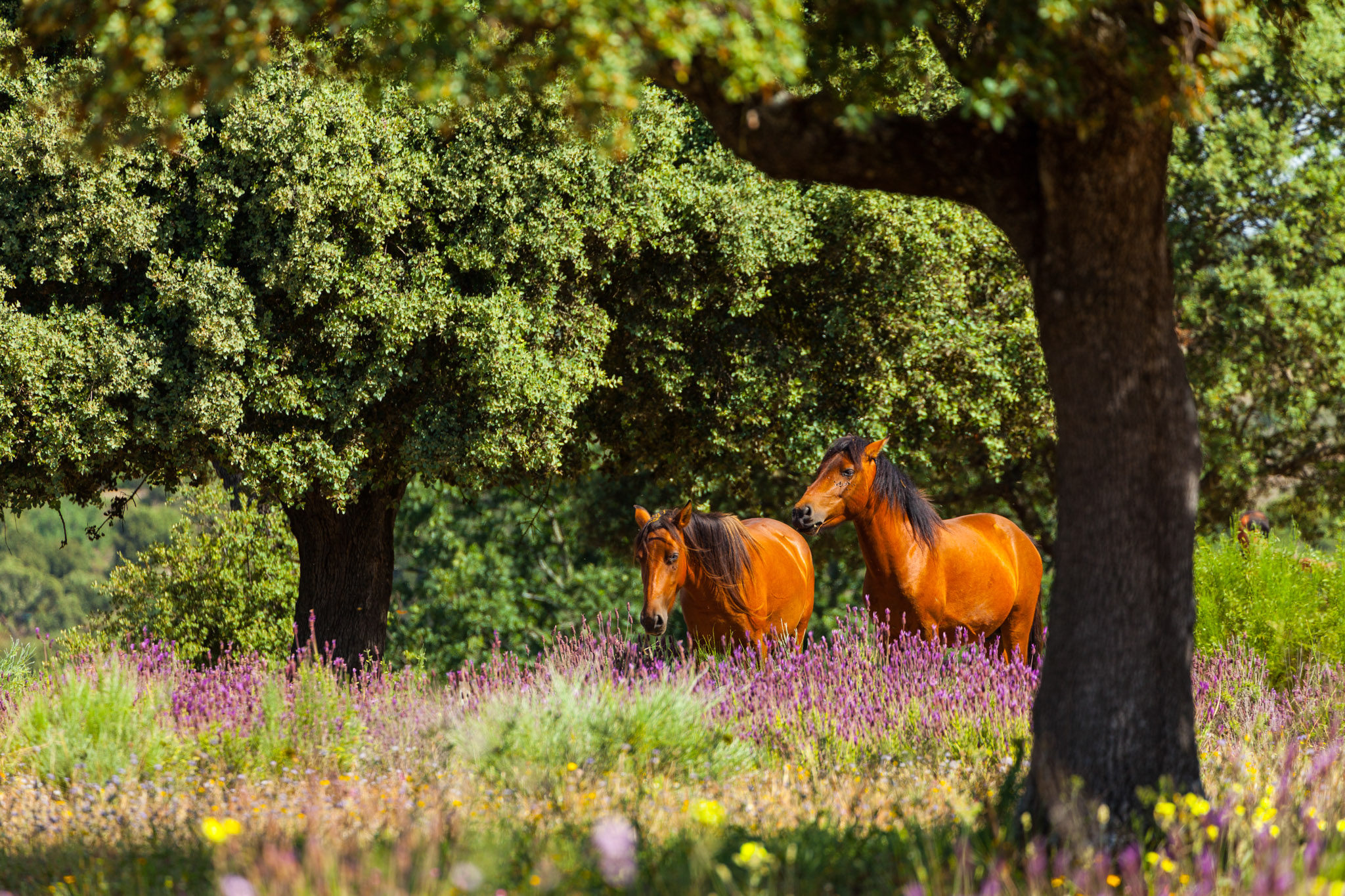
Natural grazing
Natural grazing is an important ecological process delivering increasing benefits across Europe. Rewilding Europe supports natural grazing through the Natural Grazing Facility.
More than 1500 grazing animals have been reintroduced since 2011. As a natural progression of their reintroduction, the free-roaming horses and bison in the Rhodope Mountains and the bison herd in the Southern Carpathians have already expanded their home range by thousands of hectares. New grazing areas have also been started in several European Rewilding Network member sites, including in the Netherlands (European bison), the Ukraine (rewilded horses), and the Czech Republic (Tauros).
Read more about natural grazing as a key rewilding process.
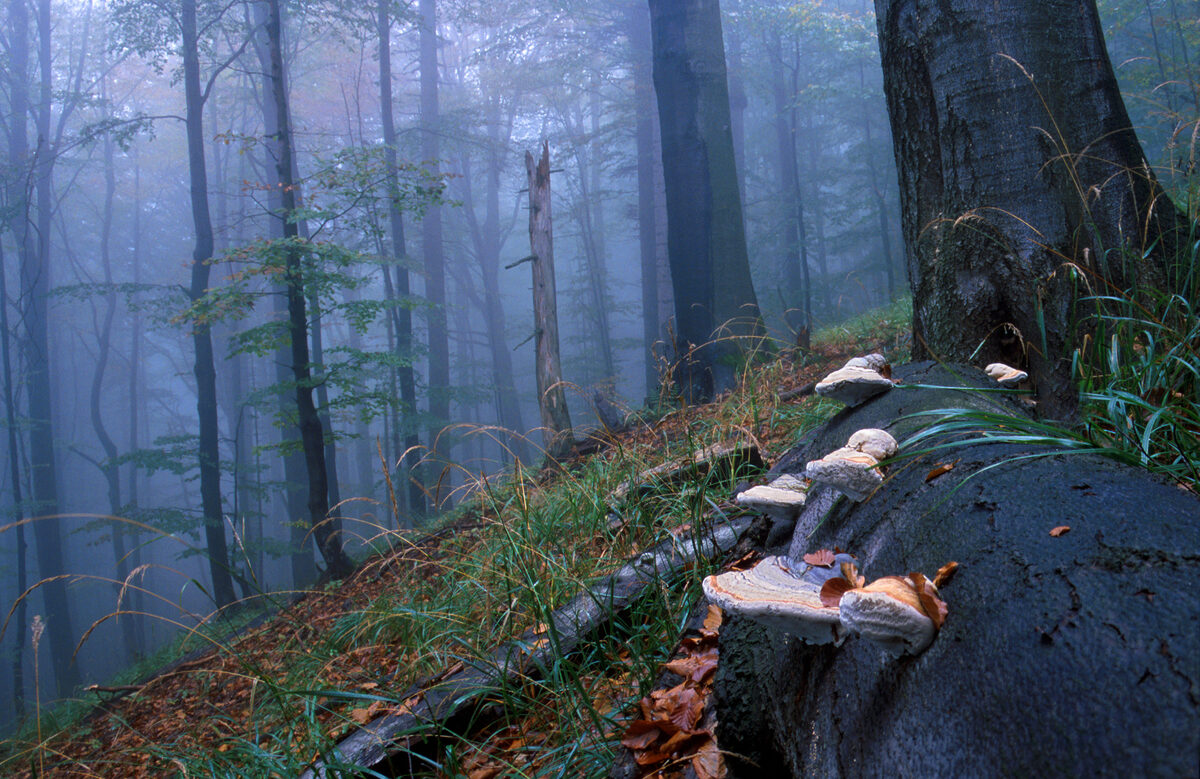
Rewilding forests
The rewilding of forests is becoming increasingly important in our work, with the first pilot sites now becoming operational.
In the Oder Delta, a section of the Olszanka alluvial forest has been protected, while in the Velebit Mountains work is underway to save 270 hectares of beautiful old growth forest in the Ramino Korito area. Our rewilding work in the Greater Côa Valley in Portugal focuses on restoring the high conservation value of Mediterranean forests and changing practices through transforming forestry plantations to wilder forest.
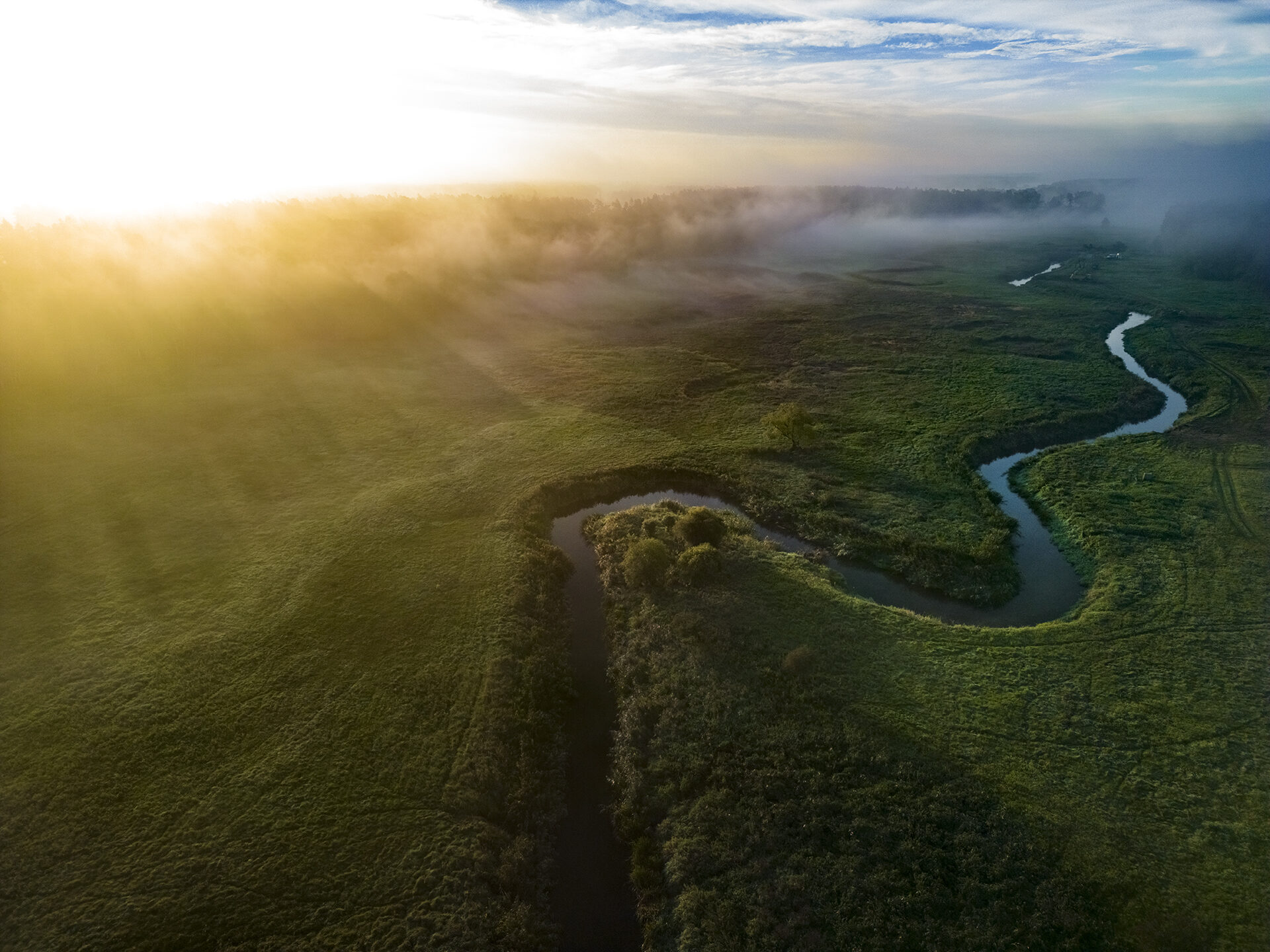
Rewilding rivers and wetlands
Rewilding rivers means giving them the space and freedom to manage themselves, with dynamic, natural processes such as the free flow of water and flooding returning them to health.
As part of our partnership with Dam Removal Europe, we work with each rewilding landscape team to ascertain the potential for dam removal. A tool was developed to prioritise the removal of dams, which allows us to assess multiple criteria, such as the feasibility of removal, cost, type of dam, and dam location.
Through our enterprise work, we are looking to work with forest and water management authorities, companies and initiatives to develop business models that support the rewilding of these ecosystems.
“Forests and herbivores are antagonists. On need of each other, they perform a dance that continues in slow motion throughout the European landscape.”
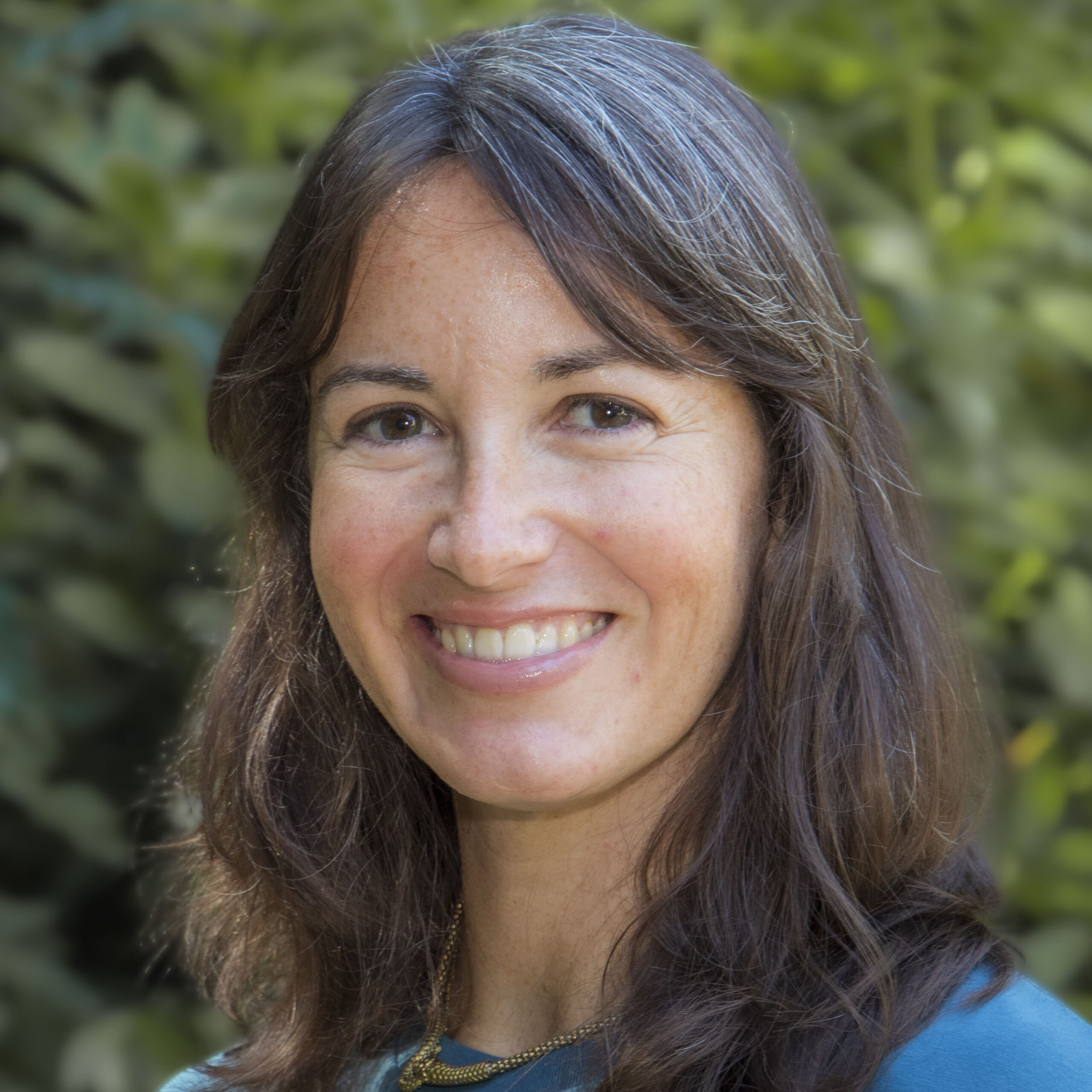
Carolina Soto-Navarro
Head of Wilder Nature

Benefits of wild nature
When nature is free to work undisturbed in all its breathtaking and beautiful complexity, it is able to shape land and sea, delivering us a wide range of benefits.
Rewilding ecosystems across Europe not only benefits wild nature, but it also enhances the wide range of benefits that such nature gives all Europeans – from clean air and water, carbon sequestration and fertile soil, right through to flood protection, climate change resilience and enhanced health and wellbeing.
Restoration of nature, based on rewilding principles, is one of the best ways of tackling our current climate and biodiversity emergencies.
Natural processes
When nature is working properly it provides us with an abundance of clean air, fresh water, carbon storage and flood prevention. It gives us everything from fuel and food to medicine and building materials.
Working properly means that nature is free to work undisturbed in all its breathtaking and beautiful complexity. In such an environment, natural processes are driven by the Earth’s systems and by species doing what they have evolved to do over millennia. For example, a wolf’s activity helps to bring back trees through their influence on deer grazing behaviour, trees and dead wood maintain the health of rivers and natural grazing helps thousands of species to thrive in our grasslands and half-open forests.
While we may conduct research and analysis, we can never fully understand the vast, intricate workings of nature. We can observe though. And we can understand that nature is the best manager of natural processes. Below are six examples of important natural processes. This list is far from exhaustive but demonstrates the incredible complexity of the natural environment in which we live, and on which we depend for our very existence. Rewilding can keep nature healthy and help recover it. In fact, you could argue that it is critical to our very survival.

Weather conditions
Such as storms, avalanches, coastal dynamics and wind-shaped sand dunes.
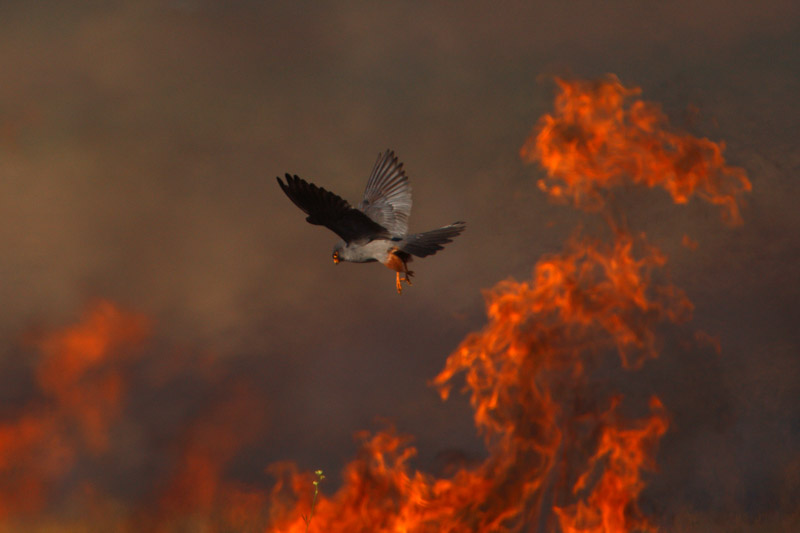
Natural calamities
Such as natural fires and disease like bark beetle infestations.
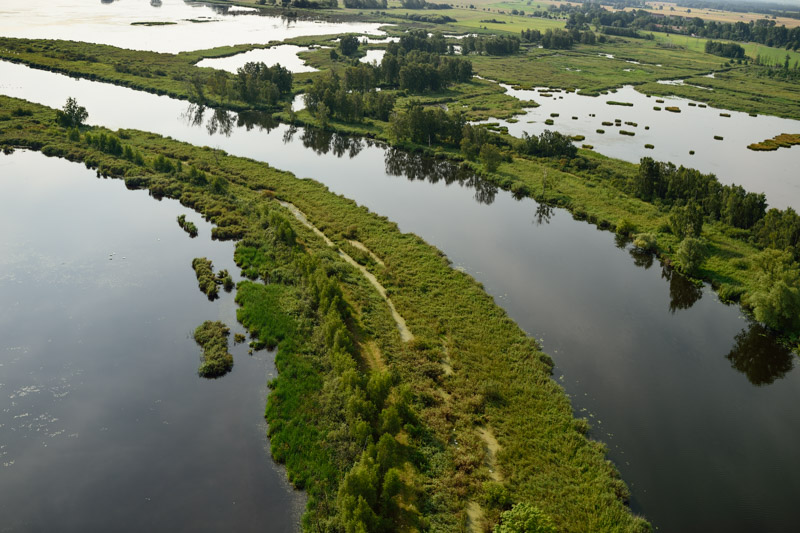
Flooding
Such as dynamic water levels, erosion, sedimentation and seepage.
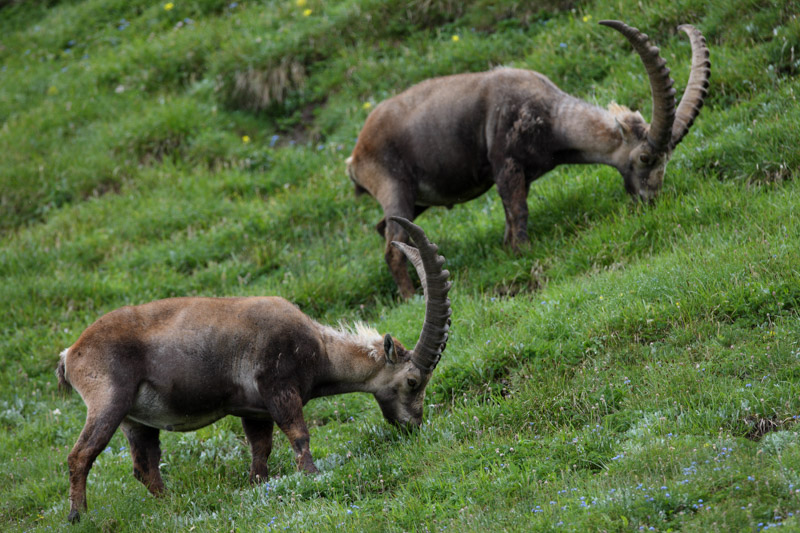
Natural grazing
The role of herbivores in driving vegetation dynamics.
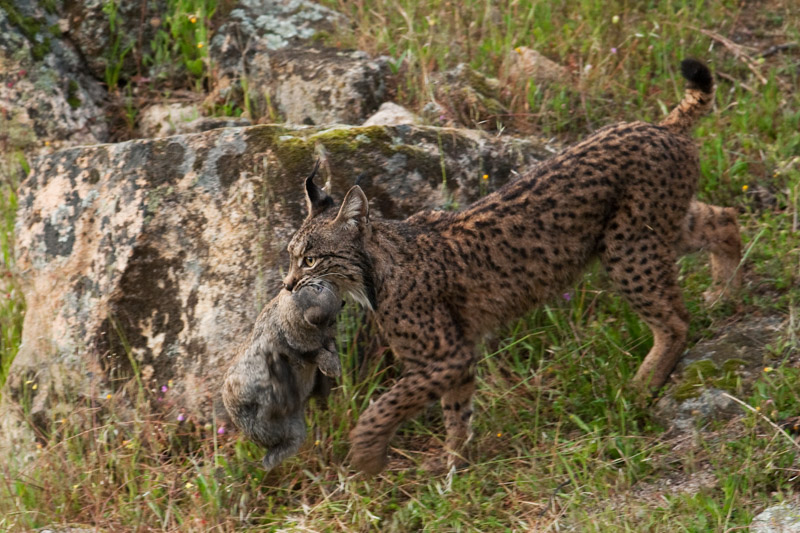
Predation
The impact of carnivores on prey species and thereby other species and even the vegetation.

The role of scavenging
Cleaning up carcasses – completing the circle of life.
Natural process:
the beaver as an ecosystem engineer
Consider what happens in nature when a beaver fells a tree. The tree falls and floods part of the river. This creates a pond, which attracts insects and fish. These attract birds, which carry seeds, which grow more trees. These help to mitigate the effects of heavy rains, which may stop the flooding of towns and villages… and so the whole, interrelated system continues. A clear example of how nature and people benefit.
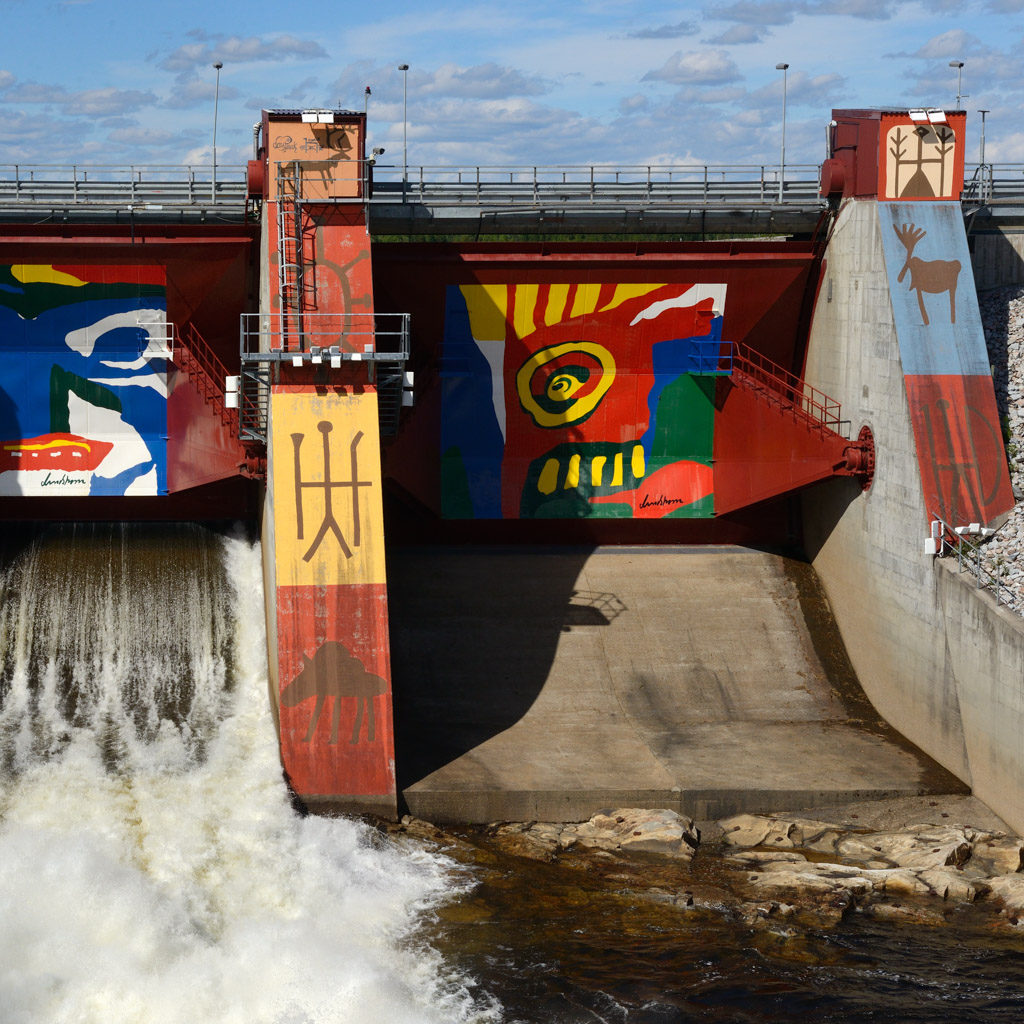
Rewilding Europe partner in Dam Removal Europe
Free-flowing rivers are the veins of Europe’s richest ecosystems. They boost an enormous variety of species, including flagship species like salmon, sturgeon and otter.
However, there are hardly any free-flowing rivers left in Europe. Europeans have been fragmenting rivers for centuries thanks to the construction of dams, weirs and other constructions that influence natural flow of water and sediment. Nobody knows exactly how many river barriers there are in Europe but we are talking about hundreds of thousands.
The ambition of Dam Removal Europe is to restore and preserve free-flowing rivers in Europe. This is because natural rivers provide better opportunities for fisheries, flood protection, drinking water, recreation and nature. Dam Removal Europe main focus is on the removal of old, obsolete dams to ‘free’ our European rivers again. By signing a partnership agreement in February 2018, Rewilding Europe has joined this initiative to actively help realising this ambition.
Circle of Life

Across our continent today, wild carcasses have become a rare commodity. Wilderness has become arable land, populations of wild grazers are often managed at low densities, and legislation demands the immediate removal of dead livestock. As a result, much of the biological “waste” has disappeared from the European ecosystem and is no longer part of the natural cycle of life. Denied a natural food source, populations of scavengers are decreasing and dying out, while many predators have no option than to turn to domesticated animals for food.
Rewilding Europe wants to help Europe’s scavengers by encouraging a fresh look at how carcasses are managed across the continent. This approach is called the ‘Circle of Life’. The concept of scavenging involves subjects that are naturally repellent to many people: carcasses, dead animals, road kills and putrid meat. Yet for species that need carcasses as a food source, the availability of these things is key to their survival.

Rewilding Europe works to support vulture populations in Bulgaria’s Rhodope Mountains, the Velebit Mountains of Croatia, the Greater Côa Valley in Portugal, the Central Apennines in Italy and the Iberian Highlands in Spain.
While artificial feeding may still have a role to play here, our main focus will always be to help scavenging species – across all our operational areas – by boosting the availability of wild carcasses and thereby supporting the circle of life. Increasing the availability of such carcasses can be achieved both by enabling wildlife comeback, and by reintroducing species – such as red deer, bison and wild horses – that would, if not for human interference, be part of the local ecosystem.
Learn more about the Circle of Life
Rewilding Europe works – together with ARK Nature – to help Europe’s scavengers by encouraging a fresh and new approach, called the ‘Circle of Life’. A brochure on this topic was published and presented in 2107, at the International Vulture Awareness Day. We want to see carcasses retake their place in nature, allowing Europe’s numerous scavengers to once again eat their fill.
This brochure provides a practical overview of the possibilities for such an approach, addressing relevant stakeholders such as those managing nature, wildlife and roads. The background information this brochure contains is intended to inform policymakers, as well as other parties interested in expanding their knowledge about this fascinating, essential and often overlooked link in the food chain.

